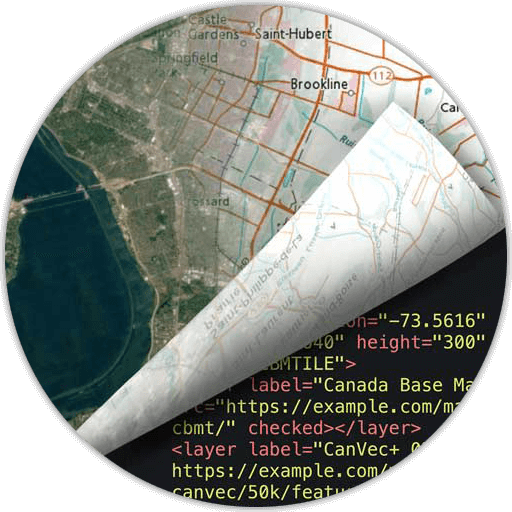🔗 About the Community Group

The Maps for HTML Community Group is working to standardize methods of defining interactive geographic maps for the web.
The community group is hosted by the W3C (World Wide Web Consortium), and is open to anyone who is interested in maps and web standards.
For more information, consult:
- Maps for HTML Community Group homepage on w3.org
Includes a blog, lists of current participants and chairs , along with other information (most of which is also available here) such as links to the group's draft reports and social media.
Most importantly of all, this is where you join the Maps for HTML Community Group!
To join the community group you'll need to create a W3C account , and accept the W3C Community Contributor License Agreement. If you have an employer with rights to work you create, they may need to join on your behalf.
- “About” page for all W3C-hosted community groups
With details on the process and legal/intellectual property requirements for community group participation, and especially our Code of Conduct.
- The group mailing list archive
Contains a history of notices and discussion. However, most discussion happens within the GitHub project repositories.
- Maps4HTML organization on GitHub
Most work by the group can be found here (including this web page).